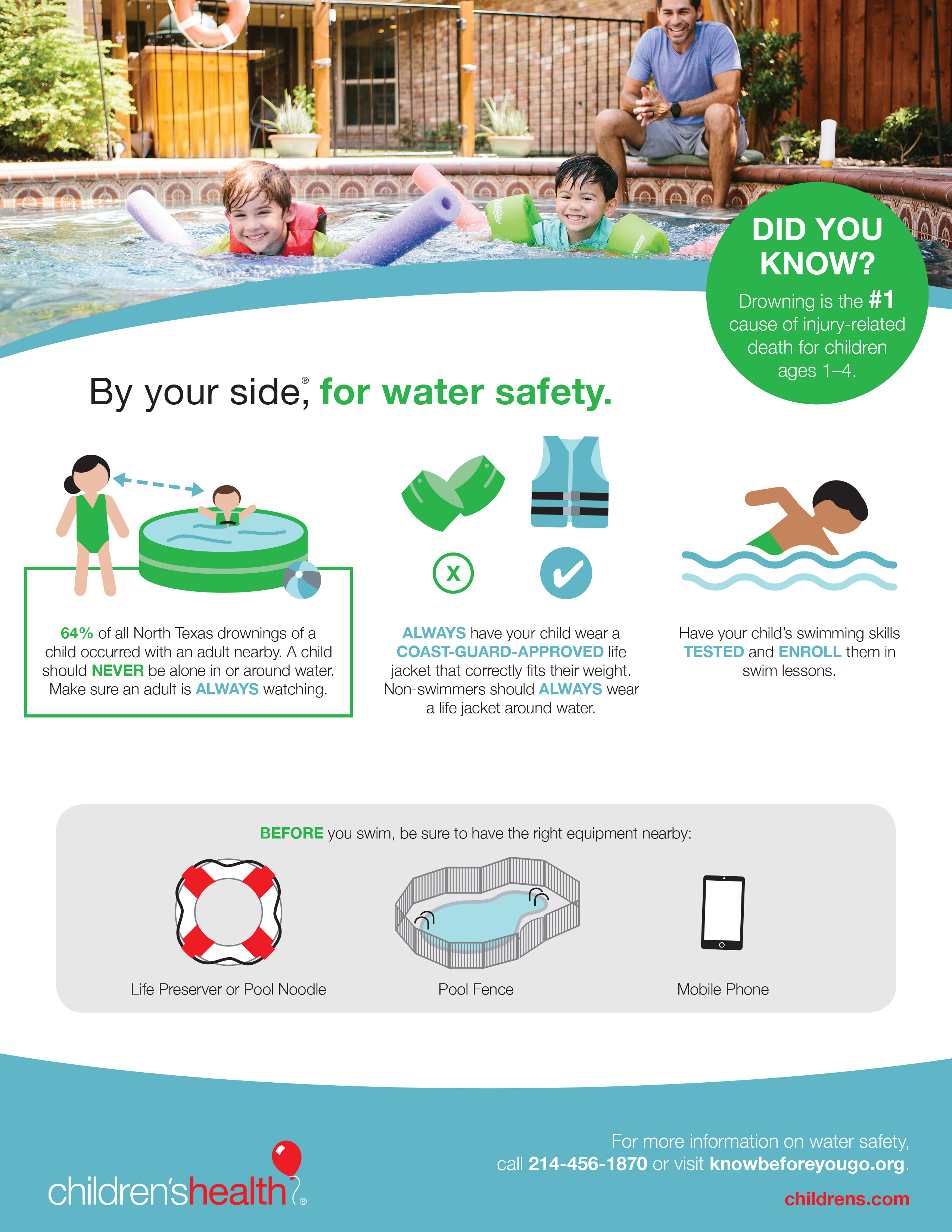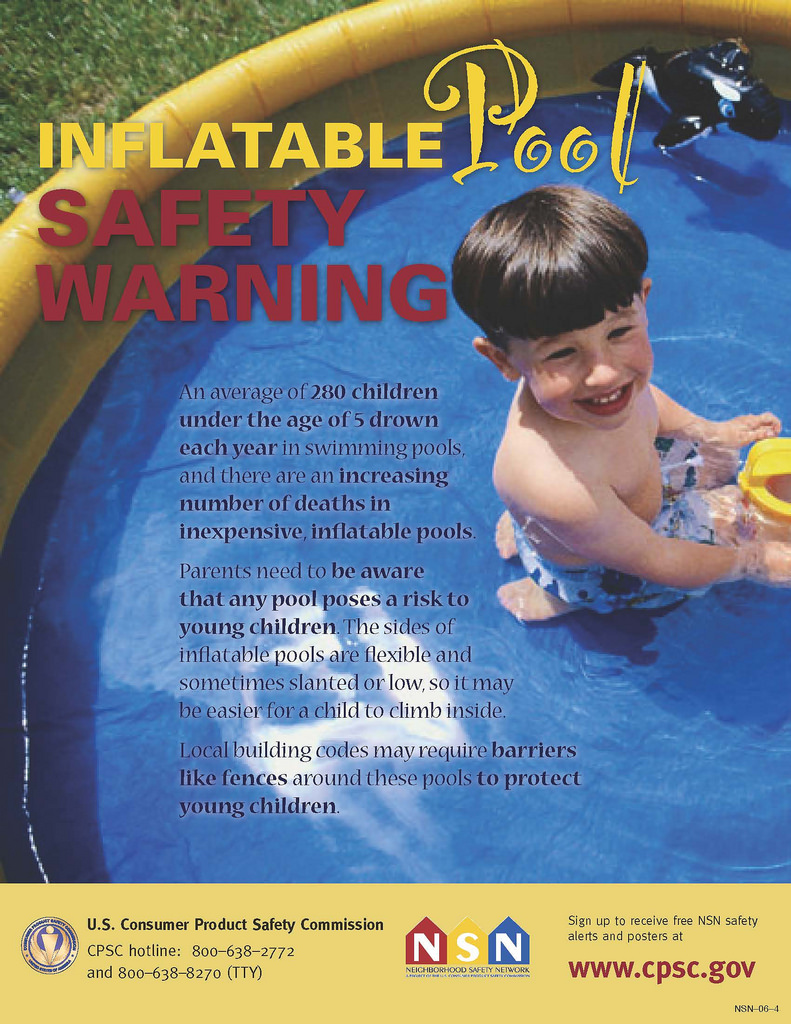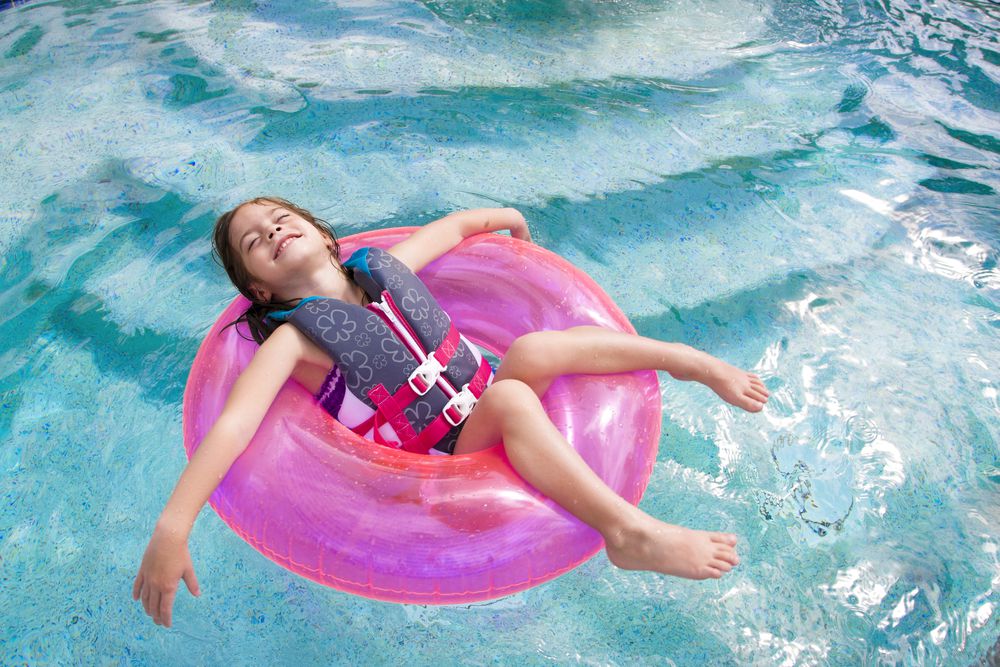Title: Inflatable Pool Safety Guidelines for Children of Different Age Groups
Introduction: Are you a parent or guardian with an inflatable pool at home? Keeping your children safe while they have fun in the water is essential. In this article, we’ll discuss inflatable pool safety guidelines specifically tailored for children of different age groups. Let’s dive in and ensure the well-being of our little water enthusiasts!
Age 0-2: For infants and toddlers aged 0 to 2 years old, it’s crucial to never leave them unattended in or near the water. Even if the pool has a shallow depth or your child is wearing floatation devices, accidents can still occur. Always keep a close eye on them and be within arm’s reach at all times. Additionally, consider using a baby float or infant swim seat with leg holes to provide extra buoyancy and support.
Age 3-6: Children between 3 and 6 years old are typically more mobile and curious. It’s important to establish clear boundaries and rules before they enter the pool. Teach them to always ask for permission before entering the water and enforce the idea of swimming only when an adult is present. Encourage the use of life jackets or floatation devices approved for their age and size. Additionally, provide constant supervision and ensure you or another responsible adult is always within sight.
Remember, this is just a sneak peek into the inflatable pool safety guidelines for children of different age groups. Stay tuned to our blog at “http://inflatablepooldude.com” to explore more in-depth information and tips on how to keep your little ones safe while enjoying their time in the inflatable pool.
| Aspects of Inflatable Pool | Descriptions |
|---|---|
| Size | Different sizes available for accommodating different ages |
| Material | Made from durable and puncture-resistant materials |
| Design | Various shapes and colors to choose from |
| Water Capacity | Varies based on the size of the pool |
| Inflation Method | Manual or electric pump required for inflation |
| Safety Features | Non-slip surfaces, safety valves, and secure barriers |
| Maintenance | Cleaning, drying, and storage guidelines |
| Portability | Easy to deflate and transport |
| Accessories | Included or additional accessories like pump, cover, and ladder |
| Price Range | Varies depending on size, design, and quality |
Now, let’s delve into the topic of inflatable pool safety guidelines for children of different age groups. Safety should always be the top priority when it comes to any water activity, especially for children who may not have developed strong swimming skills or overall water awareness. By adhering to these guidelines, you can ensure a safe and enjoyable experience for your child in the inflatable pool.

Importance of Inflatable Pool Safety
Inflatable pools provide a convenient way to cool off and have fun during the hot summer months. However, it’s crucial to understand that even shallow water can pose a drowning risk, particularly for young children. Therefore, it’s essential to implement safety measures to prevent accidents and injuries.
Safety Precautions for Children Under 1 Year Old
For children under 1 year old, it is recommended to avoid using inflatable pools altogether. Infants have limited mobility and are unable to support themselves in water, increasing the risk of drowning. Instead, consider other water activities suitable for their age, such as baby splash mats or supervised water play in a bathtub.
Supervision and Adult Presence
Regardless of the child’s age, adult supervision is vital whenever they are in or around an inflatable pool. An adult should always be present within arm’s reach to closely monitor the child and provide immediate assistance if needed. Avoid distractions such as phone usage or engaging in other activities that divert attention away from supervising.
Recommended Pool Sizes for Different Age Groups
Choosing the right-sized inflatable pool is crucial for the safety and enjoyment of children. Here are some general recommendations based on age groups:
- For infants and toddlers (1-3 years old): Opt for small-sized pools with a shallow water level, allowing them to sit and splash comfortably under close supervision.
- For preschoolers (3-5 years old): Choose slightly larger pools that provide more space for them to move around and play, with an increased water depth suitable for their height.
- For older children (6 years old and above): Consider larger inflatable pools that offer enough space for them to swim and play games while still ensuring a safe water depth.
Remember, these recommendations are general guidelines, and it’s essential to assess individual swimming abilities and comfort levels when selecting the appropriate pool size.

Choosing the Right Inflatable Pool
When selecting an inflatable pool for your child, there are several factors to consider. Firstly, opt for pools made from durable and puncture-resistant materials to ensure longevity. Look for pools with non-slip surfaces to reduce the risk of slips and falls. Additionally, consider inflatable pools with safety valves that allow for easy drainage and prevent accidental deflation.
Installing and Setting Up the Inflatable Pool
Proper installation and setup are crucial for the overall safety and stability of the inflatable pool. Follow these steps to ensure a secure setup:
- Choose a suitable location: Select a flat and level surface away from any sharp objects or hazards.
- Clear the area: Remove any debris or obstacles that may puncture the pool.
- Inflate the pool: Use the recommended inflation method to inflate the pool fully, ensuring it is firm and stable.
- Secure barriers: If the inflatable pool comes with a safety barrier, properly install it to prevent accidental falls.
- Fill the pool with water: Follow the manufacturer’s guidelines for filling the pool to an appropriate water level.

Water Safety Measures
Water safety is of utmost importance when it comes to inflatable pools. Take note of the following measures to ensure a safe water environment for your child:
- Maintain proper water quality: Regularly test and treat the pool water to maintain proper pH and chlorine levels.
- Monitor water temperature: Ensure the water temperature is comfortable and safe for your child. Avoid extreme temperatures that may cause discomfort or pose a risk of overheating or hypothermia.
- Drain and refill the water: Regularly drain and refill the pool water to prevent the buildup of dirt, bacteria, and other contaminants.
- Avoid overcrowding: Limit the number of children using the inflatable pool to ensure proper supervision and prevent accidents.
- Encourage frequent breaks: During extended pool sessions, make sure to provide regular breaks for resting, rehydrating, and using the restroom.
Teaching Basic Water Safety Rules
It’s crucial to educate your child about basic water safety rules to promote responsible behavior and awareness. Teach them the following guidelines:
- No running or pushing in and around the pool area.
- No diving in shallow water to prevent head and neck injuries.
- No eating or drinking while swimming to avoid choking hazards.
- No pulling or tugging on the pool’s walls or safety barriers.
- Always seek adult supervision and permission before entering the pool.

Educating Children about Potential Pool Hazards
In addition to general water safety guidelines, it’s important to educate children about potential pool hazards specific to inflatable pools. Teach them about the following:
- Avoid sharp objects: Instruct children to keep sharp objects, such as toys or inflated objects with pointed edges, out of the pool area to prevent punctures.
- Be cautious around pool accessories: Teach children to be cautious when using pool accessories, such as ladders or slides, as improper use may lead to slips, falls, or injuries.
- Sun protection: Educate children about the importance of sun protection by applying sunscreen regularly and wearing appropriate swimwear, hats, and sunglasses.
Safe Entry and Exit Strategies
Teach your child safe entry and exit strategies to ensure they can get in and out of the pool safely. Here are some tips:
- Use pool steps: If available, encourage your child to use the pool steps for entry and exit, as they provide a stable and secure way to get in and out of the water.
- Assist younger children: For younger children who may need assistance, hold their hand or support their back while they enter or exit the pool.
- Avoid jumping or diving: Discourage your child from jumping or diving into the pool, especially if the water depth is not suitable.

Swimming Aids and Floatation Devices
When it comes to inflatable pools, the use of swimming aids and floatation devices can provide an extra layer of safety, especially for younger children or those who are still learning to swim. Floatation devices such as arm floats or life jackets can support children in the water, while pool noodles or kickboards can provide additional assistance during swimming practice. However, it’s important to note that floatation devices should never be a substitute for close and continuous adult supervision.
Safe Water Depth for Different Age Groups
The water depth in an inflatable pool should be appropriate for the age and height of the child. Follow these general guidelines:
- Children under 3 years old: The water depth should be no higher than knee level, allowing them to comfortably sit and play under close supervision.
- Children 3-5 years old: The water depth can be slightly higher, reaching waist level, but always within arm’s reach of an adult.
- Older children: The water depth can be adjusted accordingly based on their swimming abilities, but adult supervision should still be maintained.
Preventing Accidents and Injuries
Prevention is key when it comes to pool safety. Here are some additional tips to prevent accidents and injuries:
- Regularly inspect the pool: Check the inflatable pool for any signs of damage, such as leaks or tears, and repair or replace as necessary.
- Enforce pool rules: Establish and enforce rules specific to the inflatable pool, ensuring that your child follows them at all times.
- Secure the pool area: If possible, fence off the pool area or use safety barriers to restrict access when not in use.
- Empty and store the pool properly: When not in use, always empty the pool, allow it to dry completely, and store it in a safe and dry location to prevent damage and prolong its lifespan.
Conclusion
Inflatable pool safety is of utmost importance, particularly when children of different age groups are involved. By following the guidelines and precautions discussed in this article, you can create a safe and enjoyable environment for your child to splash and play in the inflatable pool. Remember, adult supervision, proper pool setup, teaching water safety rules, and choosing the right-sized pool are key factors in ensuring an accident-free and enjoyable experience for your child. Stay vigilant and enjoy the summer months responsibly in your inflatable pool.